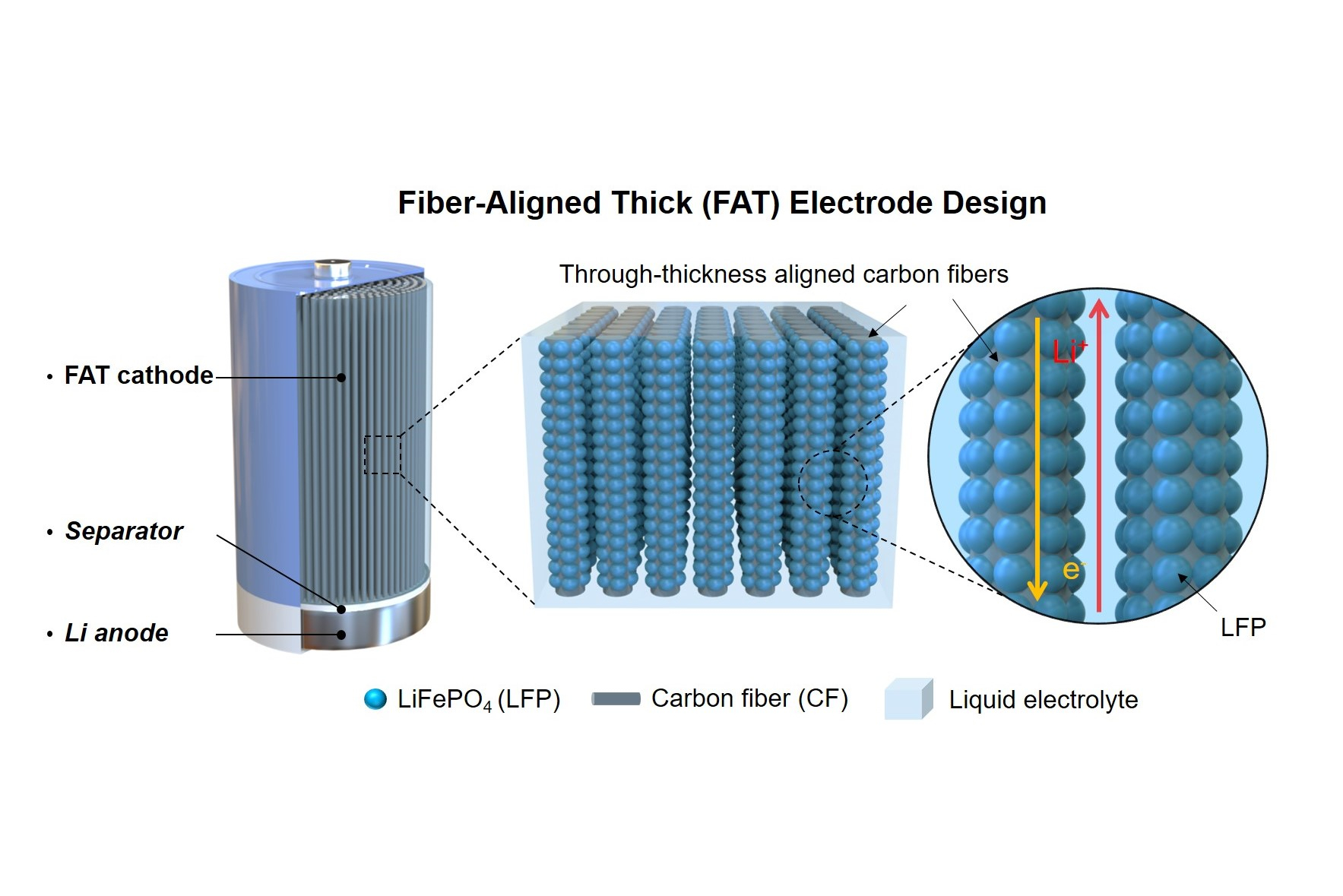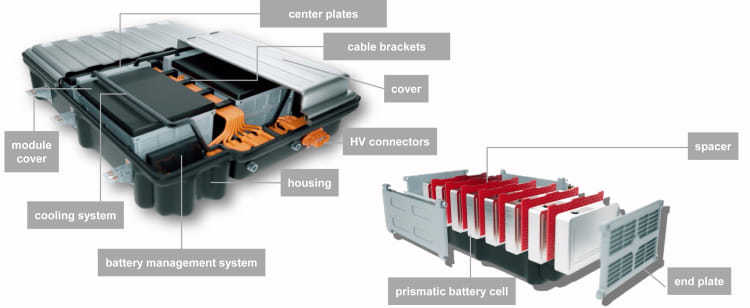Battery technology is growing as the world continues to shift towards electric mobility, the need for efficient and lightweight battery packs is more important than ever. Battery packs are a key component in electric vehicles (EVs), and they are also used in other applications such as renewable energy storage systems. However, the weight of the battery pack can have a significant impact on the overall weight of the vehicle or system and ultimately affect its performance and efficiency. This is where lightweight technology for battery pack housing comes in.
There are several lightweight technologies that are being explored and used for battery pack housing. In this article, we will discuss some of the most promising battery technology.
Carbon Fiber Reinforced Polymer (CFRP)
Carbon fiber reinforced polymer (CFRP) is a lightweight and strong material that is widely used in high-performance applications such as aerospace and motorsports. It is made by combining carbon fibers with a polymer resin, which is then cured under high temperature and pressure to create a rigid and strong structure.
CFRP is an attractive material for battery pack housing because of its high strength-to-weight ratio. It can be molded into complex shapes, which makes it a good fit for the irregular shape of a battery pack. Moreover, CFRP is resistant to corrosion, fatigue, and high temperatures, which are all important factors for battery pack durability.
However, CFRP is also an expensive material, which makes it less accessible for mass production. Moreover, the recycling process for CFRP is complex and costly, which makes it less environmentally friendly.

Aluminum
Aluminum is a lightweight and corrosion-resistant metal that is commonly used in the automotive industry. It has a high strength-to-weight ratio, which makes it an attractive material for battery pack housing. Moreover, aluminum is widely available and easy to recycle, which makes it a more sustainable option compared to CFRP.
There are different manufacturing processes for aluminum battery pack housing, including extrusion, stamping, and casting. Each process has its own advantages and disadvantages, depending on the complexity of the design and the required properties.
One of the challenges of using aluminum for battery pack housing is the need for thermal management. Aluminum has a high thermal conductivity, which means it can dissipate heat quickly. However, this also means that it can be prone to overheating if not properly insulated.

Thermoplastics
Thermoplastics are lightweight and durable polymers that can be molded into complex shapes using injection molding or 3D printing. They are widely used in the automotive industry for interior and exterior parts, as well as in other applications such as medical devices and consumer products.
Thermoplastics have several advantages for battery pack housing, including low cost, low weight, and ease of manufacturing. They can also be reinforced with other materials such as glass fibers or carbon fibers to increase their strength and stiffness.
However, thermoplastics also have some limitations. They are prone to degradation under UV light and high temperatures, which can affect their mechanical properties. Moreover, some types of thermoplastics are not suitable for high-voltage applications, which limits their use in EV battery packs.

Hybrid Materials
Hybrid materials are a combination of two or more materials with different properties, such as metals and polymers. By combining these materials, designers can create a structure that takes advantage of the strengths of each material, while minimizing their weaknesses.

One example of a hybrid material for battery pack housing is a combination of aluminum and thermoplastics. In this design, aluminum provides structural strength and stiffness, while thermoplastics provide insulation and protection from heat and moisture.
Another example is a combination of carbon fibers and thermoplastics, which creates a lightweight and strong structure with good thermal management properties.
More Articles:
liquid leakage analysis of soft pack lithium,
what are the functions of the battery pack,
Failure analysis of lithium batteries is a science,
Overview of Lithium Batteries,
The packaging form of lithium-ion battery is better,
Causes Reconditioning Of Battery Vulcanization,
Lithium-ion Battery Process Details,
Lithium battery overcharge mechanism and anti-overcharge measures.,
Factors Affecting The Performance of High Power Lithium-ion Batteries,
Electrical measurement of lithium-ion batteries,
Functions of the Battery management system (BMS),

